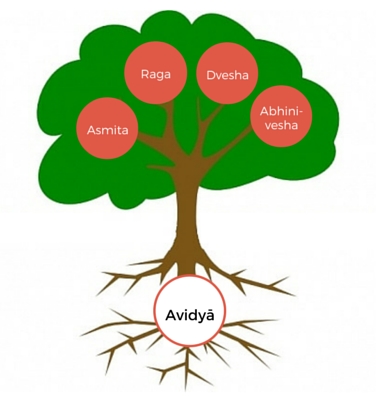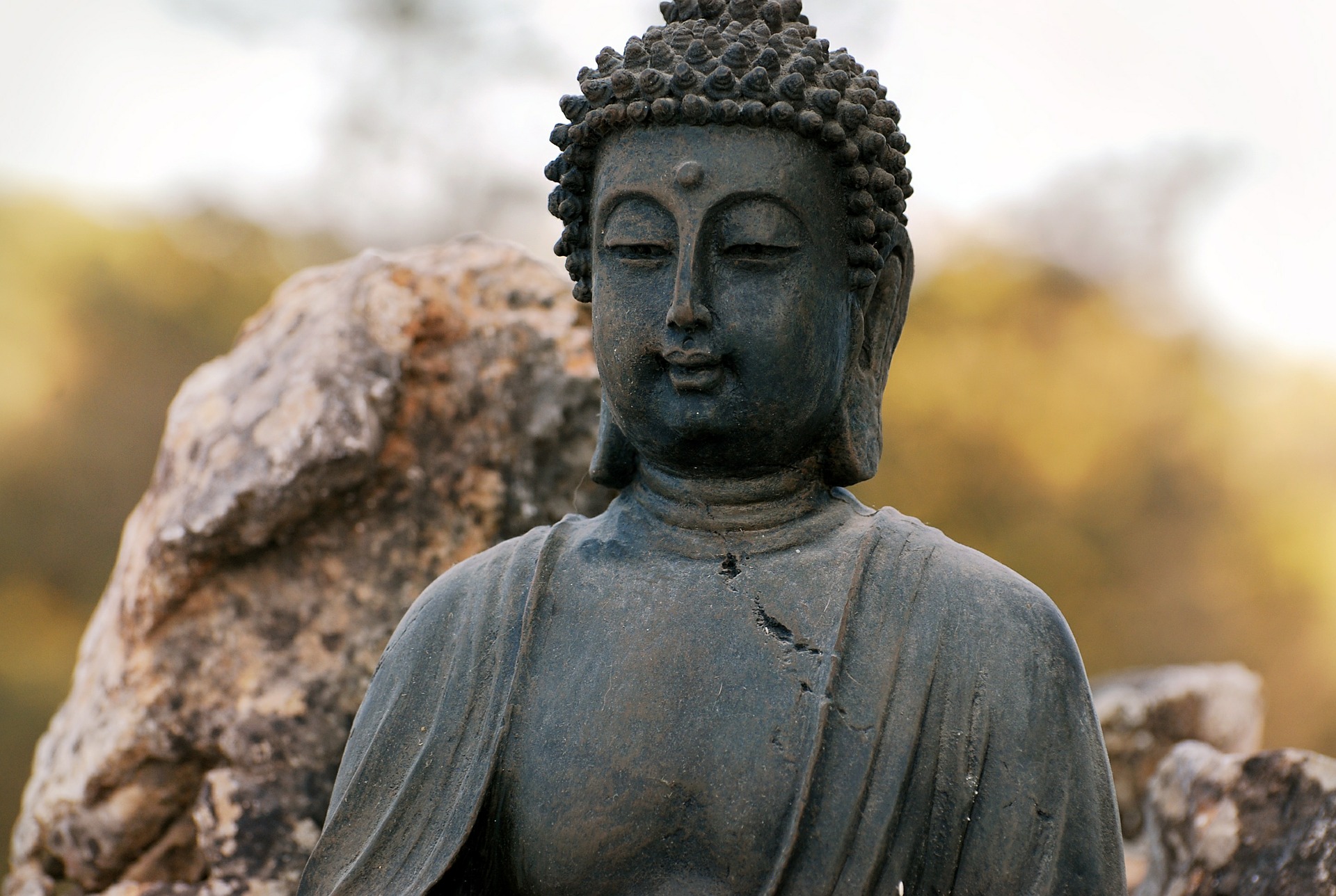Serenity is the word of the year. At least for my year 2015. Serenity is such a powerful and complex word.
It describes the state or quality when your mind is still, perfectly calm and peaceful. But it doesn’t necessarily mean quietness, it’s also an expression of delight and joy.
Serenity supports the function to seeing things clearly and facilitates the development of great insight. Or the other way around, insight and sound judgment work well when the turbulence of our mind and the agitation dies down, when we are serene.
There is a very well know quote or better say prayer by American theologian Reinhold Niebuhr that fits into this context:
Serenity Prayer
God (or whatever divinity you acknowledge), give me grace to accept with serenity
the things that cannot be changed,
Courage to change the things
which can be changed,
and the Wisdom to distinguish
the one from the other.
In these few lines lies so much truth and I announce it as my mantra for (at least) this year.
As chance would have it, yesterday I read a chapter on the concept of avidyā, the inability to see things as they are or the misunderstanding of the nature of reality.
Avidyā, which is so deeply rooted in us, literally means incorrect comprehension or false preception. It is the opposite of vidyā, correct understanding.
Avidyā can be understood as the accumulated result of our many unconscious actions, the actions and ways of perceiving that we have been mechanically carrying out for years. As a result of these unconscious responses, the mind becomes more and more dependent on habits until we accept the actions of yesterday as the norms of today. These habits cover the mind with Avidyā, as if obscuring the clarity of consciousness with a filmy layer.
From The Heart of Yoga by T.K.V. Desikachar
Think of a tree and Avidyā being the roots that reach deep and wide into the ground. Easier to detect are the branches of this tree, the four branches that are the main causes of our suffering, as defined by Patanjali’s Yoga Sutra:
Asmita, the ego. Asmita makes us think we must be better than someone else. It creates the idea that we need to be the fastest, the richest, the skinniest or the most flexible in a yoga class.
Raga, desire or attachment. Raga is wanting what we don’t have or have not earned. It makes us wanting something today, because it was pleasant yesterday although we might not need it again. It creates a sense of desire, even for things that aren’t good for us. Raga can also be evident in our not wanting to let go of what we already have.
Dvesha, rejection. In a way, Dvesha is the opposite of Raga. It makes us reject things. Negative experiences in life make us afraid of repeating them again in case the same result occurs and we will get hurt again. It also becomes apparent when we reject things which we are not familiar with. We reject people, thoughts, places, and things because of what we relate to them or because we can’t relate to them.
Abhinivesha, fear. Fear affects us more than we realize and often Abhinivesha is the most secretive of the four branches of Avidyā. It describes our feelings of uncertainty and doubt.
 Avidya, in all its subtle forms and branches, works within us constantly to root us in our habitual ways and make improvement difficult or impossible.
Avidya, in all its subtle forms and branches, works within us constantly to root us in our habitual ways and make improvement difficult or impossible.
Now, it may sound simple that once we know about Avidyā and it’s branches we can take action and get rid of whatever clouds our perceptions. The truth is, that we seldom have a direct sense that our perception is not right. On the contrary, the characteristics of avidyā is that it often remains hidden from us and we need to be attentive (and maybe serene, too?) to recognize the presence of it.
This brings me back to the serenity prayer and my resolution for this year. To accept the thing that cannot be changed means to accept that I’m not the fastest, richest, best (Asmita). Having the courage to change the things that can be changed, is overcoming the fear of the unfamiliar (Dvesha) and overcoming doubt and uncertainty (Abhinivesha). After all, wisdom and serenity will enable us to contemplate on our actions and habitual thought patterns.




